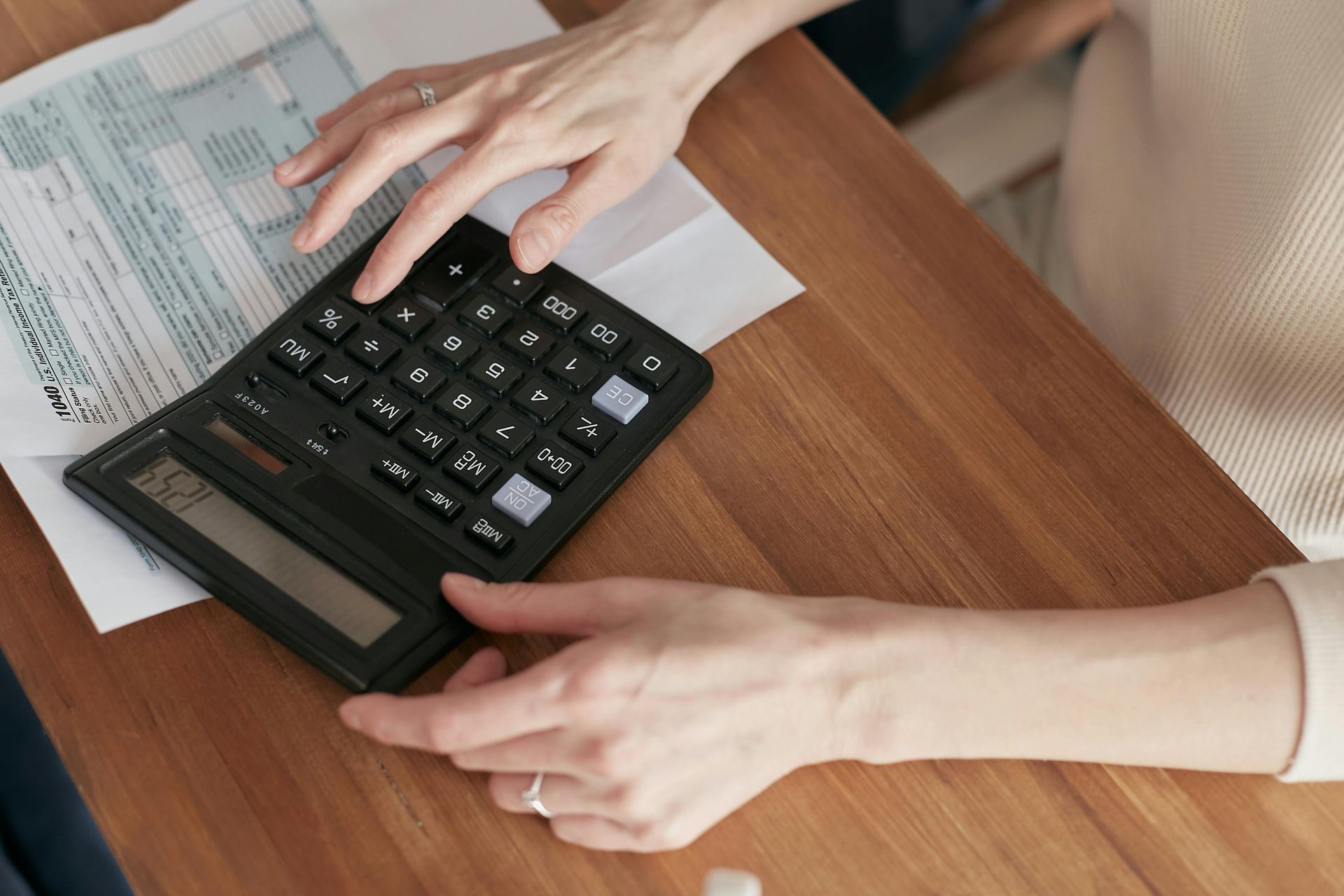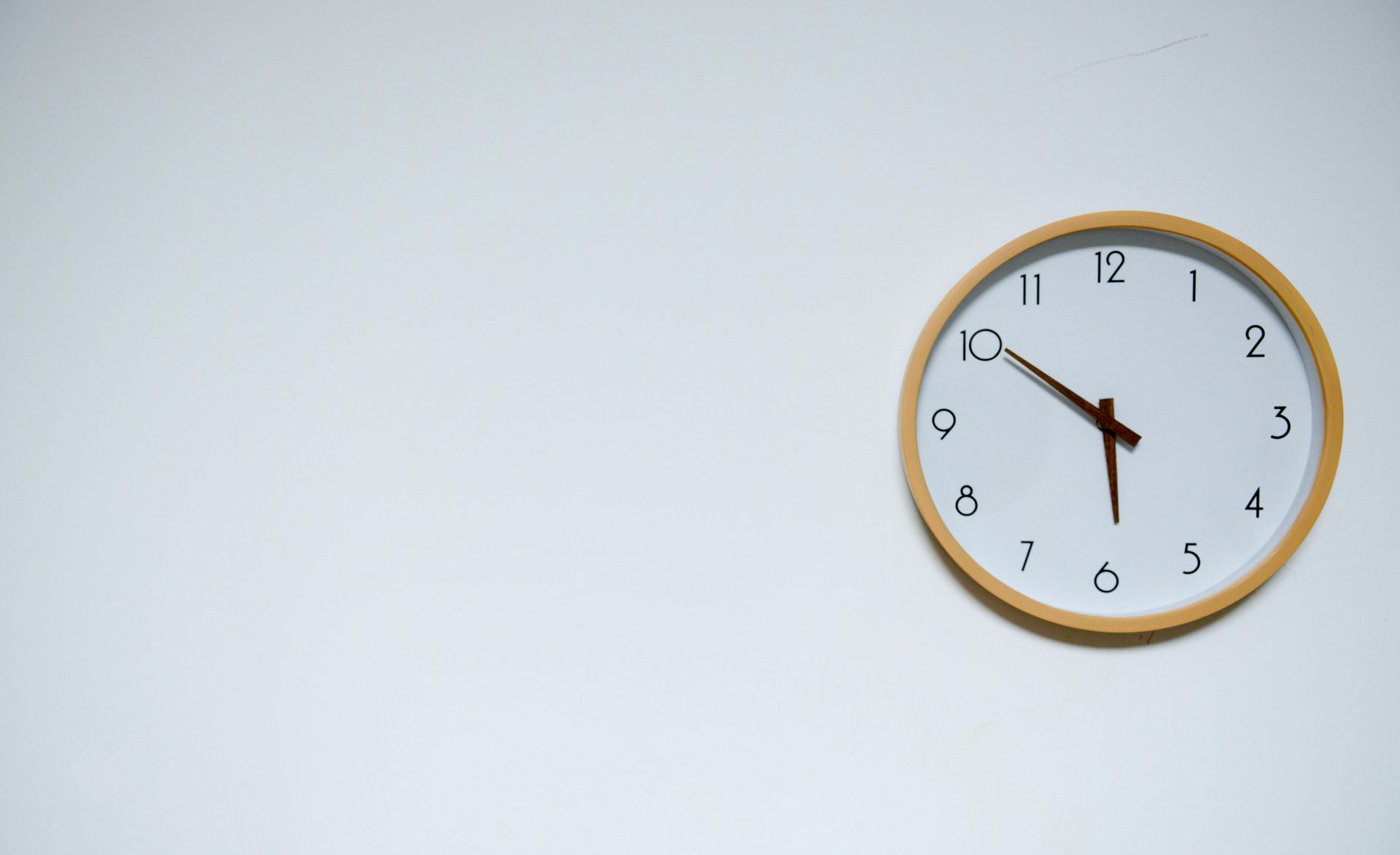2019 tax changes for individuals
Change for low income tax offset and LAMITO
A low and middle income tax offset (LAMITO) was introduced on 1 July 2018. The offset will run in conjunction with the low income tax offset as a targeted reduction of income tax for Australian residents.
The LAMITO provides an additional offset of up to $200 for individuals on a taxable income of $37,000 or less. Taxpayers up to $48,000 will get an increased LAMITO up to the maximum amount of $530.
The maximum LAMITO will be available for incomes up to $90,000, and will phase out for individuals with a taxable income of $125,333.
The LAMITO will be available for four years, ending with the 2021/22 income year. At this point, further income tax reductions will absorb the LAMITO.
Personal income tax cuts
For the 2018/19 income year, the top of the 32.5% tax bracket has moved from $87,000 to $90,000. That means that individuals above $90,000 in taxable income will save $135 in income tax this year compared to last year.
CGT main residence removal for foreign residents still not law
It was announced on 9 May 2017 that foreign residents would no longer have access to the CGT main residence exemption. Coupled with this, a grandfathering arrangement was in place where a foreign resident could still use the main residence exemption up until 30 June 2019.
However, at the time of writing, this legislation has not passed through parliament, meaning no changes have been made for individuals in this situation.
"Catch-up" superannuation contributions
Starting from 1 July 2018, the "catch-up" superannuation contributions rules apply. For the current income year (2018/19), individuals can carry forward unused amounts up to the concessional contributions cap of $25,000.
These rules are only in effect for individuals with a total superannuation balance of less than $500,000.
This means the balance as at 30 June 2019 for individuals wishing to make a "catch-up" concessional contribution in the 2019/20 financial year. Unused amounts can be carried forward for five years.
Individuals who anticipate an increase in income to a higher tax bracket in the 2019/20 financial year may wish to take advantage of a larger tax deduction.
Downsizer contributions now available
An individual who is aged 65 or over may make "downsizer contributions" from the proceeds of the sale of a dwelling that was the person's main residence, applicable to the proceeds from contracts entered into on or after 1 July 2018.
First home super saver scheme
Voluntary contributions up to $15,000 can be made by an individual who has yet to purchase their first home into their superannuation account. The scheme allows the individual to withdraw this contribution plus earnings in order to be used for a first home deposit.
Voluntary contributions made after 1 July 2018 may be used for withdrawal in the Scheme.
HELP repayment levels set to change
From 1 July 2018, students with a HELP debt may need to start repaying the debt on earning $45,000. This lower threshold is significantly lower than previous years ($51,957 in 2017/18), and is necessary for individuals who have become non-residents.
Insurance policies in super to become "opt-in"
Superannuation members who are inactive will need to "opt-in" with their life insurance and TPD providers from 1 July 2019 to retain their current policies.
Inactive members are individuals who have not had a contribution or roll-over into their account for 16 months. As at 1 July 2019, this will apply for accounts without a contribution or roll-over since 1 March 2018.
Work test exemption for low balance retirees
The work test has been removed for recently retired individuals, commencing 1 July 2019. Announced in the 2018 federal budget, this applies to voluntary superannuation contributions for individuals over 65 years of age.
For the first year in which an individual is greater than 65 years of age and does not meet the work test, a voluntary contribution may be made. However, this contribution will only be allowed if the individual met the work test in the previous year, regardless of whether they were under 65 years or not. Also, the member's total superannuation balance at the beginning of the year needs to be under $300,000.
Image rights to be included on individual returns only
The use of "public fame" or "image rights" in a third party entity was due to be removed from 1 July 2019. This meant that using image rights would be restricted to individual returns. However, this proposal from the 2018 federal budget has not become law.
Vacant land expenses no longer deductible for "build-to-rent"
Claiming tax deductions during a "build-to-rent" investment has been proposed to stop from 1 July 2019. This measure was announced in the 2018 federal budget, but is yet to become law.
A taxpayer may still be prudent to bring forward some payments, where possible, to claim a deduction this year. It is unconfirmed at the time of writing whether this announcement will be introduced into parliament in the future, still with the current expected start date.
Information sourced using CCH iknow











